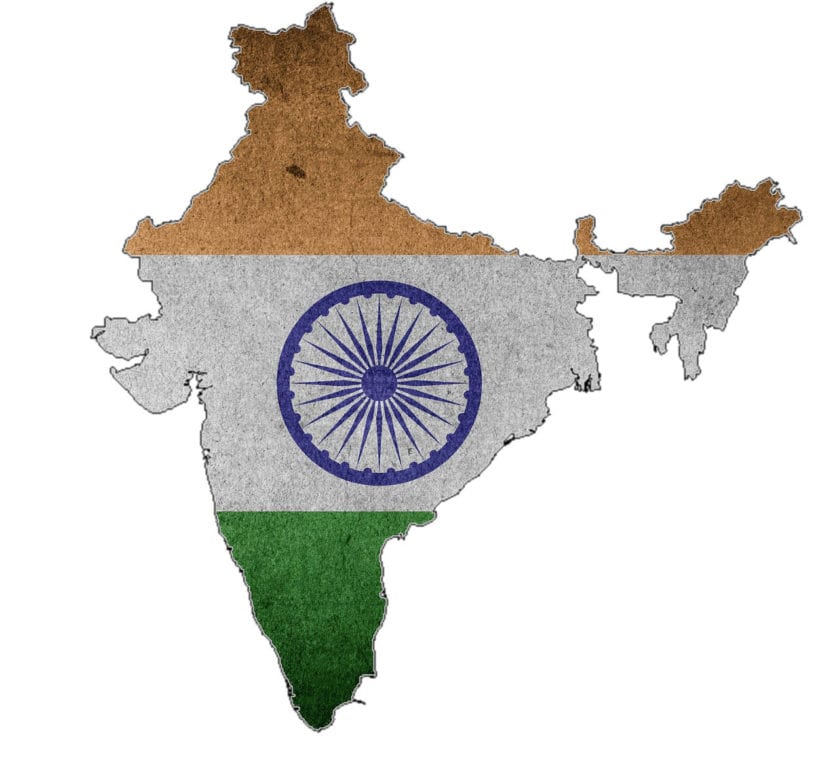MSN News recently interviewed Dr. Laxmikant Palo, with the conversation focusing on the situations of people living with rare diseases in India and how to improve them. According to Dr. Palo, a holistic, national approach is necessary to implement change. He listed a number of needed pieces of the proposed framework: financial aid, funding for research, awareness, efficient leadership, and early diagnosis being a few. He went on to answer these questions:
What Obstacles do Rare Disease Patients Face in India?
Dr. Palo begins by explaining the rare disease situation in India. 450 of the 7,000 discovered rare diseases have been reported in the country, the majority of which (80%) are genetic and disproportionately impact children.
He then goes on to name the largest challenge that rare disease patients face is a lack of access to awareness, early diagnosis, and treatment. This problem has risen thanks to a number of factors, such as a lack of research and dearth of a national framework. Fortunately, India’s government has been working on a framework to address this these issues since 2017, with the results expected soon.
What Are the Signs and Symptoms, How are Rare Diseases Diagnosed?
The wide variety of rare diseases makes narrowing down specific symptoms impossible. In many cases, symptoms do not present until there has already been considerable disease progression. Turning towards diagnosis, we see that it is another obstacle that patients face. Rare disease patients see their diagnoses delayed by an average of five to seven years, whether that is because of a lack of awareness, no access to the necessary diagnostic tools, or any other reason.
What Causes Rare Diseases and Who Do They Impact?
The majority of rare diseases are genetic, leading them to disproportionately impact children. In fact, half of new rare diseases cases are in children, and these cases lead to 35% of deaths in children below the age of one.
What Treatments Are There and How Much Do They Cost?
In India, rare diseases are split into three categories when it comes to treatment. For example, category three contains conditions with definitive treatment, but with the downside that they are very expensive and required for the rest of a patient’s life.
Rare disease treatments can be very expensive; India’s Ministry of Health and Family Welfare estimates the cost of treatment for a rare, genetic disorder at INR 1.8 to 17 million. When looking at these astronomical prices, it becomes clear that there must be a mechanism in place to assist with funding patients’ treatment. Dr. Palo names three possible sources for this money: contributions from the State and Centre through NHM that are based on the PIP model, make a National Rare Diseases Treatment Fund, and the dedication of a portion of Health Cess. He also lists collaborating with the Central and State government on a co-pay program and creating new guidelines for health insurance.
How Does the People to People Health Foundation (PPHF) Help the Rare Disease Community?
PPHF is currently working to track and understand the rare disease situation in India so that they are best equipped to create solutions. They have reviewed current government policies and programs, which led to the creation of a blueprint for a rare disease framework. Many players, such as Takeda and the Japan Embassy, are working together on this project and hope to properly implement it when it is ready.
What is the Government Doing?
The government is working with and supporting the movement to help the rare disease community. Government at both the national and state-level work to support patients. Still, more can be done. Policy must be put into place, which is currently being developed. Hopefully, it will be able to help patients soon.
Is There A Lack of Awareness and How Do We Fix It?
A single rare disease does not impact many people by definition, and this often leads to a lack of awareness for rare diseases. Not only does this dearth exist within the general population, but a number of medical professionals remain unaware of many rare diseases as well. Because they are responsible for diagnosis and treatment, this ignorance presents a very large problem.
To fight this issue, there must be advocacy organizations, as well as open dialogue, for rare diseases. We must attack the problem at all levels to see success.







